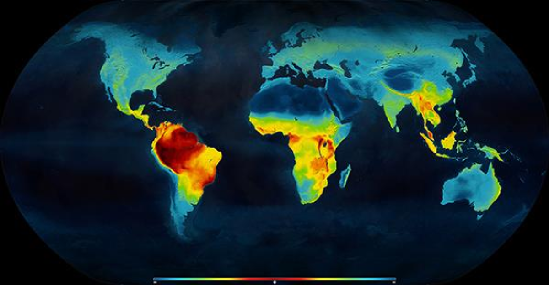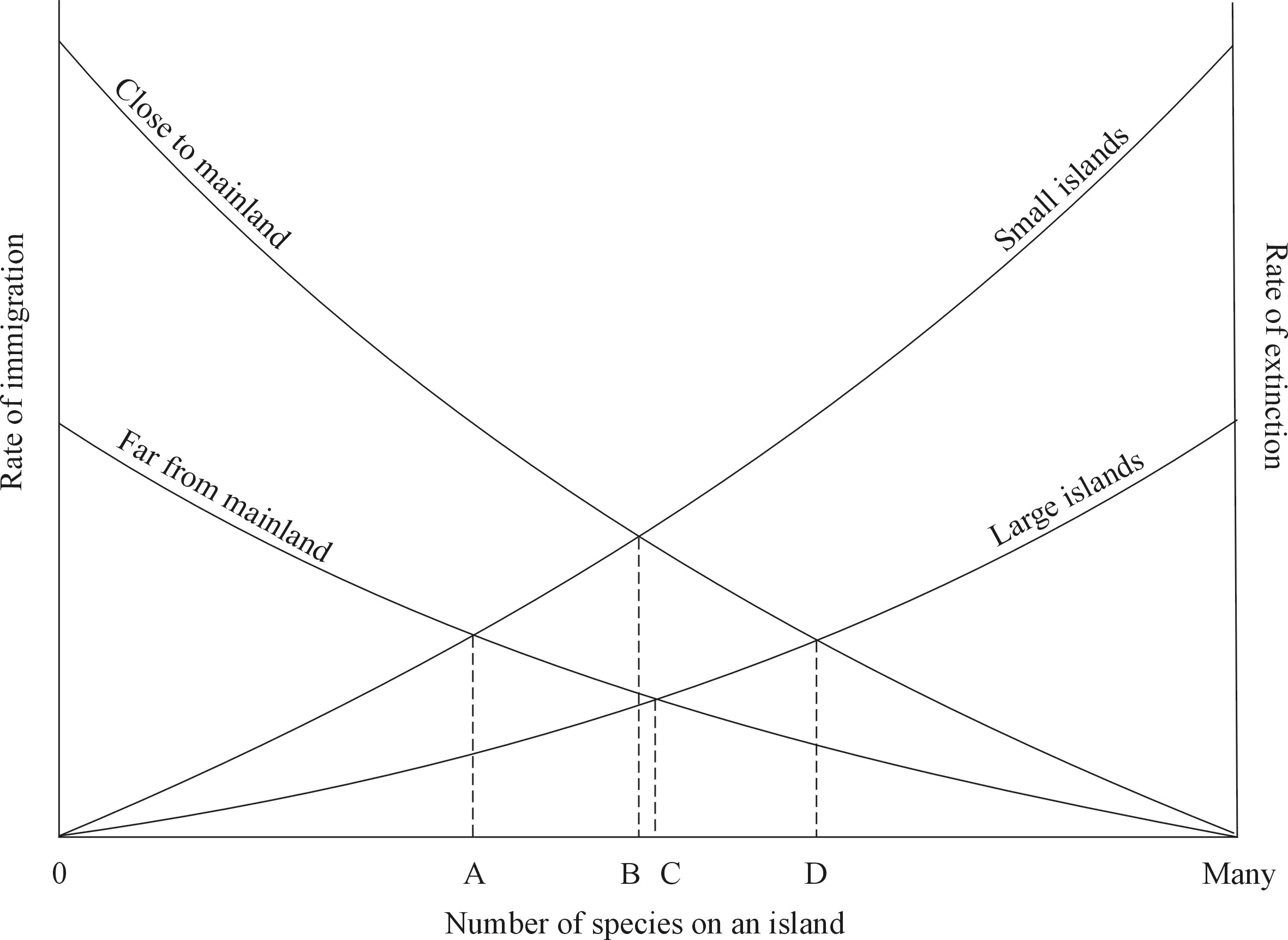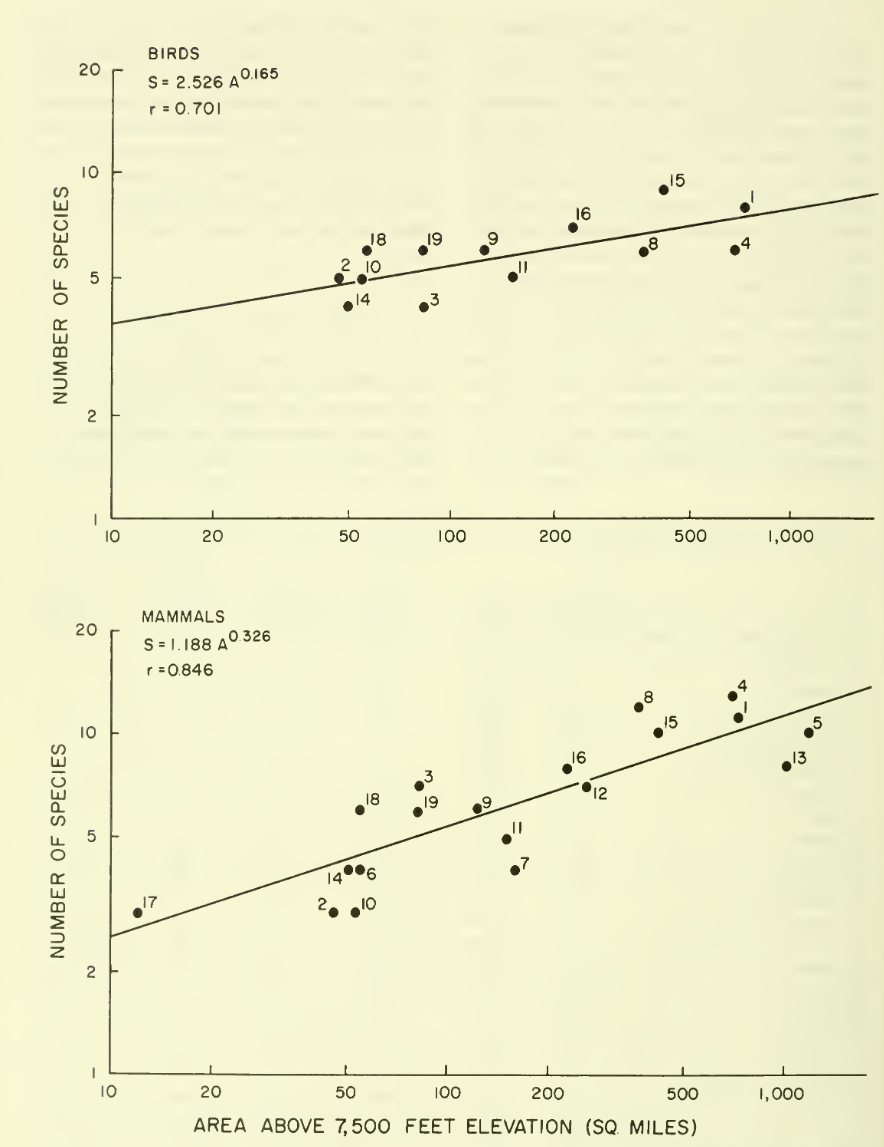Semester project checkin
Semester project checkin
Announcements/reminders
- I am getting caught up on grading – thanks for your patience
- Please make sure to go back to your weekly reflections and leave a self-assessment score if you have not yet done so.
- Remember to also leave a short explanation of why you earned the grade you did
- During the next ~week, I will go in and turn any “empty” scores to Zeros.
Reminder of the project remit
Text from semester project overview
Reminder of the project remit
We are living in a weird time to be an ecologist. Thanks to technological advances, ecologists now have access to data and computational power on a scale that we couldn’t have imagined decades ago. At the same time, the consequences of global change are making themselves felt in all aspects of our life.
Given this context, ecologists needs to be persistent and creative in thinking about how the fundamental question that drive our field relates to the environmental challenges unfolding around the world.
Thus, the format for this course’s Semester Project is an “UnEssay” assignment.
The prompt for the unessay is to engage your curiosity by picking a natural system anywhere in the world, and explore+communicate its ecology and environmental challenges in any format you wish.
Many of you discussed a desire to engage in research experiences. This project is designed to help you think like a researcher.
Reminder of the project remit
Your unEssay should provide the audience an overview of how the four central themes in ecology introduced in the course play out in your focal system:
- Ecological systems are dynamic, meaning that their properties can change over time.
- What are some properties of your focal system that change over time? E.g. if you are working on coral reefs, what shapes the rate of growth of the coral or of its herbivores?
- Ecological systems feature feedacks, meaning that the dynamics of one component of a system often affects another.
- What are properties of your systems that depend on other properties of your system? E.g. if you are working on a kelp-urchin-otter system, how do perturbations in one affect other?
- The dynamics and wellbeing of ecological systems are tightly intertwined with the dynamics and wellbeing of human societies.
- What, if any, are some ways in which human decisions have affected the dynamics of this system? What decisions do humans (e.g. land managers) have to take as they manage your focal system?
- Understanding ecological systems requires us to confront uncertainty, which can arise because of limited knowledge of the system, or due to inherently stochastic processes.
- What are the open questions about this system that we don’t yet have answers to? What are some of the major the barriers for further understanding this system?
Reminder of the project remit
In addition to general information about the system that you can gather from any number of reputable sources (textbooks, scholarly websites, etc.), I also expect that your unEssay be inspired by and reflect the details of at least three peer-reviewed academic articles.
- In other words, think about ways that you can incorporate findings from at least three separate primary research articles into some aspect of your project.
Semester project so far
- List of potential ecological communities
- List of potential formats
- Annotated bibliography
What’s coming up
- “Formal project proposal”
- Final project submission
Formal project proposal
Due on Nov. 16th 23rd; details are on the course website and Moodle. Can be completed as a written essay or video recording
Final submission
- Complete the project itself
- Also complete a reflective essay (or video essay) about your project
- This can be a “final” version of the Project Formal Proposal
- Participation in “Project Fair”
- You will be asked to evaluate your own project, following a rubric.
Discussion today
Within groups of 3-4, discuss the following (please appoint one timekeeper to make sure everyone gets a chance to discuss their progress/questions)
- What have you learned about your focal ecological community so far that surprised you the most?
- Is there anything you have struggled with as you learn about your community? Is there any aspect of the ecology that you find confusing?
- What are 3-5 ways you can connect material covered in class so far to what you have been learning?
- How do you plan to communicate what you have learned?
- What is your plan for completing this project in the next ~ month? (Due Nov. 10th.)
Biodiversity patterns
Zooming out on Earth
Zooming out on Earth

Diversity of vertebrate species, from Mannion et al. 2014
Zooming out on Earth

Diversity of amphibian species, from Anton-Pardo, 2019
Zooming out on Earth

Diversity of mammal species, from Davies et al. 2008
Zooming out on Earth

Diversity of Streptomyces bacteria, from Andam et al. 2016
Zooming out on Earth
We can evaluate the slope of the diversity–latitude relationship
Zooming out on Earth

The latitudinal diversity gradient seems ubiquitous
Group discussion: Why does the latitudinal diversity gradient exist?
Explaining biodiversity patterns at a global scale is hard.
Can we think about patterns at more local scales?
- Let’s simplify our problem
Consider an isolated area
- Like a small volcanic island that recently formed
- (Or, a lake surrounded by lots of land)
- (Or, a small biodiversity reserve in the middle of a large urban landscape)
How many species should we expect to find in this isolated area?
Why are some isolated areas more species–rich than others?
Theory of island biogeography
Developed in the 1960s by EO Wilson and Robert MacArthur
What determines the equilibrium species richness of islands?
Let’s think about the processes governing species richness in a local area:
\(\uparrow\) by immigration of new species (from a “source” area)
- e.g. If we are thinking of islands the source can be the mainland
- e.g. If we are thinking of isolated lakes, the source might be other lakes
- e.g. If we are thinking of small reserves, the source might be a large protected area
\(\downarrow\) by local extinction (‘extirpation’) of existing species
\(\uparrow\) by local speciation
Let’s assume speciation happens slowly and so not relevant to our dynamics
The question becomes, what determines rate of immigration of new species and local extinction?
Rates of immigration
What determines rate of immigration?
Definition of immigration: A new species (not already present on the island) arrives for the first time
Proximity to source
- When an island is closer to the source, more new species can end up there
Number of species already on the island
- If all the species from the mainland are already present on the island, then nothing new can immigrate in

Rates of local extinction
What determines rate of local extinction?
- Size of island
- Higher extinction rates on smaller islands
- Number of species already on the island
- If there are lots of species on the island, that means the number of possible extinctions is higher

The expected level of species richness is shaped by the balance of species coming in, and the species going locally extinct

Island biogeography
Goal
Explain a simple biodiversity pattern:

Goal
Explain a simple biodiversity pattern:

Brown 1978
Goal
Explain a simple biodiversity pattern:

Barbour and Brown 1974

Lomolino et al. 1989
Goal
Explain a simple biodiversity pattern:
Why, across systems, are larger islands more biodiverse?
Why, across systems, are more isolated areas less biodiverse?
Theory of insular biogeography
Species richness determined by a balance of immigration and extinction
Immigration shaped by distance from mainland
Extinction shaped by island size